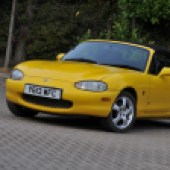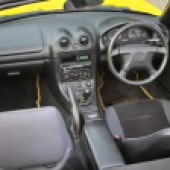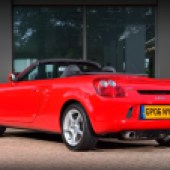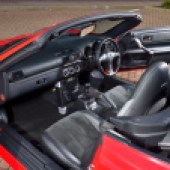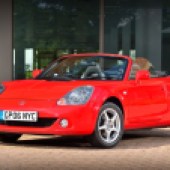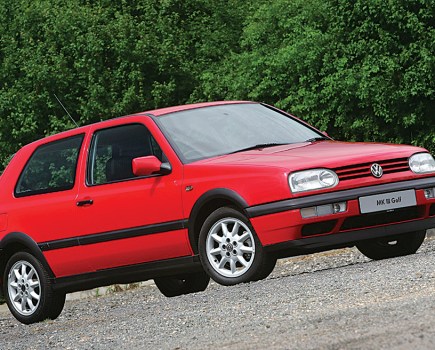Upsetting the applecart. When it comes to open-top thrills, the MX-5 is usually the top dog, but does the Mk3 MR2 offer an alternative that’s just as good and more affordable?
When it comes to open-top thrills, the arrival of the MX-5 in 1989 was something of a marvel. It wasn’t anything new, though, more so it was a return to simplicity, cars were starting to become more complicated, electronics were creeping their way into vehicles and the once humble and much sought-after open top cars were fading out. What Mazda did was continue a legacy that had been so popular with the likes of the MG Midget. It brought cheap thrills back into the market in an honest package that wasn’t dressed up in anything else.
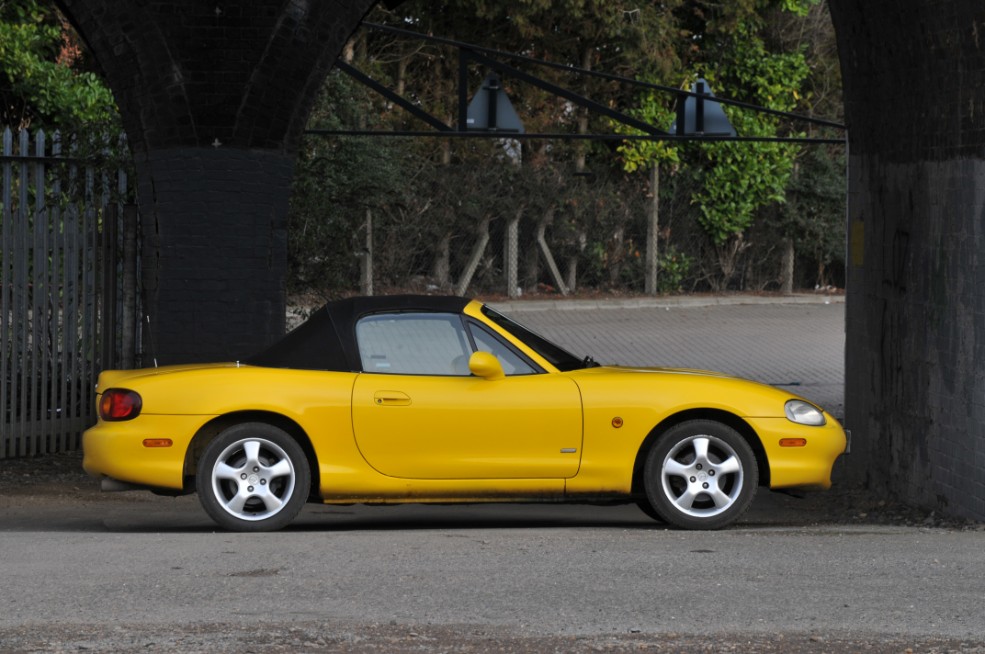
The MX-5 is a simple turn-key car that wants for nothing but to have its engine rung out to the redline and to do it with a smile on its face. By the time the Mk2 came along, it had started to address some of the pitfalls of the early car, the most obvious being the worrying fact that the first-gen car wouldn’t pass the new 1999 car crash tests… quite a problem, then. As a result, the body of the Mk2 is said to have been 60% new, with revised front and rear crumple zones and stronger sills and door beams to resist side impact; all in all, the Mk2 is around 40% stiffer than its forebear. Look at the two, though, and you’ll only notice the lack of pop-up headlights on the Mk2 and a reshaped boot, other than that they’re pretty much identical. The move from pop-up to fixed lights was for weight-saving and aerodynamic reasons, the former counteracting the extra weight needed for more rigidity.
Compare it with the MR2 and you can arguably use the nostalgia point to win over the battle; after all, the MX-5 was the first in a long line of modern-classic open-tops and at the same time, probably did it the best. The Mk2 continued that same desire for fun as the Mk1, which in turn means that whether you opt for the less-powerful 1.6 or the 144bhp 1.8-litre, you’re guaranteed to have fun. It has a more appealing character to it that I can’t quite pinpoint; it might be that I just have a soft spot for the MX-5, but it just feels more eager, more playful and ultimately more likeable. It’s chuckable nature works well with me and it still retains that ease-of-maintenance that classics are favoured for, while the MR2 being a slightly later car carried extra electronics that are slightly harder to work on.
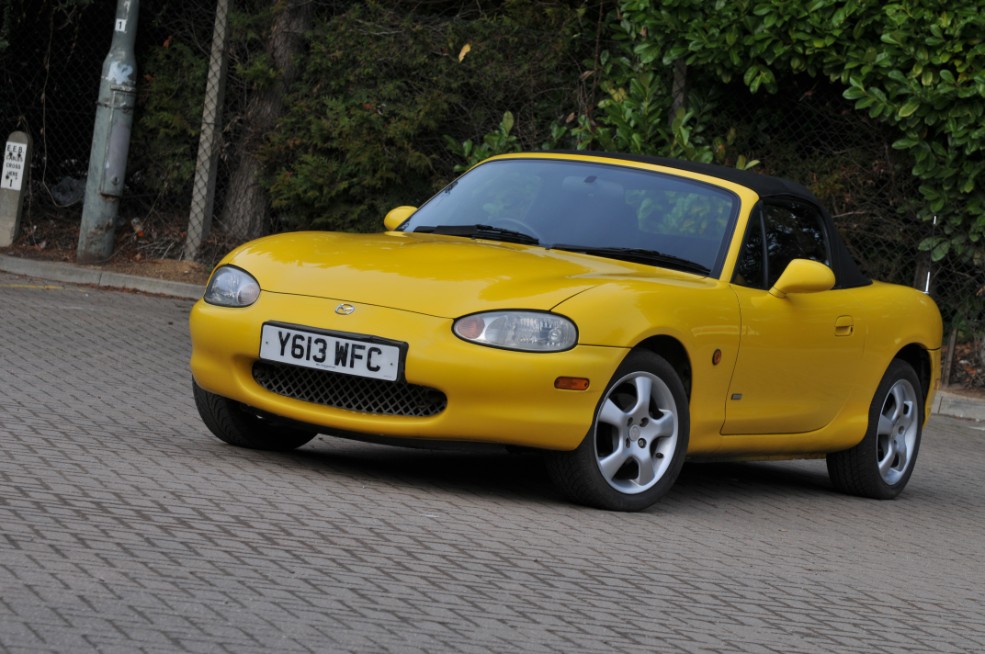
Its pitfalls are inside the car, though. The MR2 feels newer, feels like a nicer place to be and on a cold, dark, damp morning, the MX-5 isn’t an enjoyable experience. The interior plastics are more noticeable and you can really see where cost-cutting measures have taken place. The other issue is the problem of rust, that continued from the Mk1 to the Mk2. Although today many will have been treated to rust protection work, there are still plenty of cars that are hiding rust issues so beware when doing your shopping. If a car looks unusually cheap, there’s usually a reason why and that issue often turns out to be a rotten underbody. A good Mk2 MX-5 can be had for under £2000 but do make sure you know what work has been carried out in the past.
While I have a soft spot for the MX-5, the Mk3 MR2 can be had for £1000 without the worry of rust, so is it a better choice?

The Mk3 Toyota MR2 was a completely reimagined design from Toyota, moving away from its previous designs, instead opting to create a much smaller sports car. In turn, the new model weighed significantly less than its predecessors at just 960kg. This was possible because the boot was removed, which meant there was no need for a fifth bulkhead. Despite this, luggage space was of the upmost importance with convenient cubby holes behind the seats that can be removed to create a bigger open space.
As for the actual drive itself, the MR2 is a very easy car to live with. As mentioned before, the MR2 is a comfier place to be, the interior feels a little more up-to-date and it feels better put-together. Using this car all-year round wouldn’t be a problem, where as in the MX-5, you start to dread the winter months for its interior. Everything feels that bit more premium, despite it being aimed at the same market with similar price tags. The doors shut with a positive thud, rather than a metal clang

In line with Toyota’s decision to simplify production for all markets, one engine was offered throughout the world, the all-alloy 1.8-litre DOHC 16v VVT-i 1ZZ-FE unit also used in the seventh-generation Celica. With 138bhp on tap the new car was decently powered, boasting the highest power-to-weight ratio in its class, and was particularly praised in the motoring press for dart-like responsiveness through the major control systems and its outstanding handling dynamics.
In terms of performance, both are similar in the way they put the power down. Both are powered by similar engines, with official figures sitting close together. That being said, the MX-5 does have more urgency in its approach; that’s not to say the MX-5 feels ultimately faster, but the way in which it goes about its business feels exciting.
A global slowdown in the sports car market in the new Millennium had a clear effect on sales of the MR2. Annual sales figures that were initially counted in the tens of thousands slowly dropped to thousands and then into hundreds. Sales of the MR2 were concluded in the US and Australia at the end of the 2005 model year but continued in Japan, Mexico and Europe until 2007 when production finally ceased.
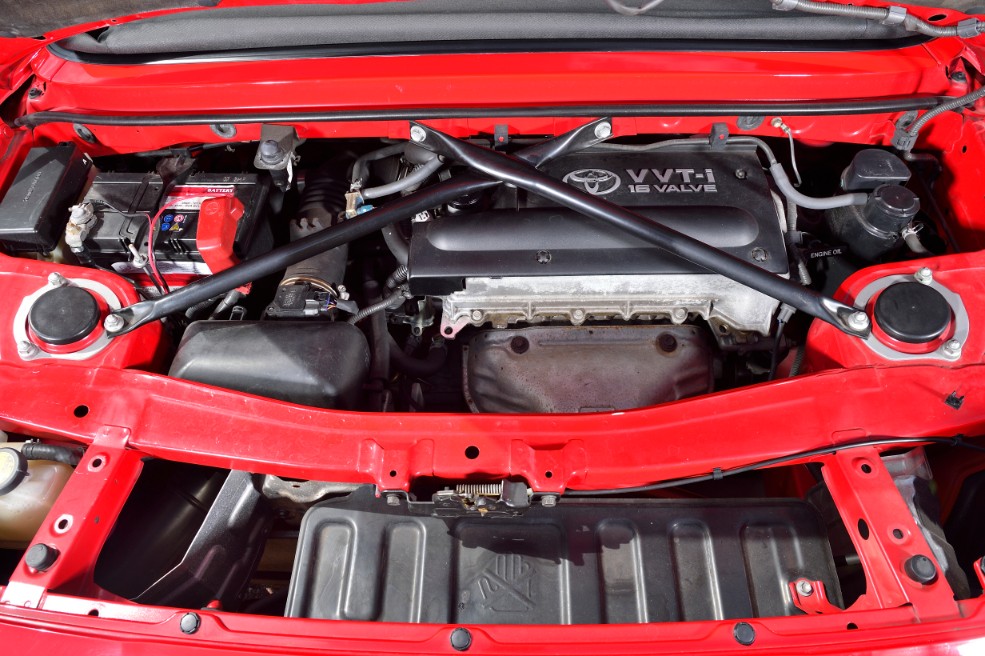
The biggest plus point the MR2 Mk3, away from its ability, is its sheer value for money. Finding an example hovering around the £1000 mark is easy. Most of the cars for sale under £1500 come with over 100,000 miles, but with good history and even 12 months MoT.
As mentioned, reliability is strong with the MR2, barring a pre-cat issue on earlier models. The most expensive car we saw was just under £6000 and for that price you get a 2006 model with just 50,000 miles on the clock and one owner from new. Prices vary massively depending on year and mileage, with some earlier models with just 20k miles on the clock and impressive history. However, budget £1500 with roughly £500 in the kitty for the odd repair and you’ll get yourself a car with limited mileage and a good history.
As for me? I’m going to side with the Toyota. I prefer the way it looks over the MX-5 and it’s something different, rather than just another MX-5. With that in mind, I have no doubt that the MX-5 is the better car, but the MR2 just feels that little bit more special in terms of quality and is more accustomed to doing both the daily commute and the b-road blasts. The most popular route isn’t always the right one…




